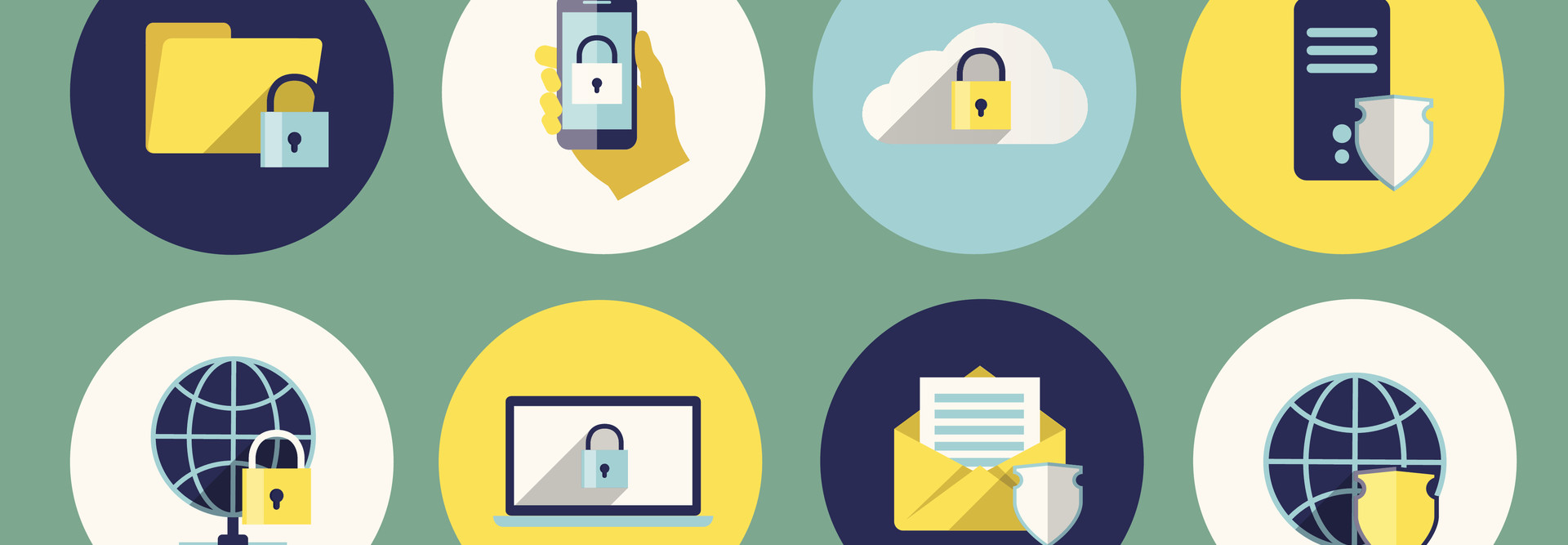Education Sector Data Breaches Skyrocket in 2017
Security has been a top priority for higher education institutions over the last few years. For the third year in a row, EDUCAUSE named information security as the top IT issue of the year, and for good reason.
A new report from Gemalto found that the number of lost, stolen or compromised data records went up 164 percent in the first six months of 2017 compared to the last half of 2016, Campus Technology reports.
In the education sector, these breaches more than doubled in the same period — increasing by 103 percent. During the first half of 2017, there were 118 successful attacks on educational institutions, which accounted for 13 percent of all breaches. Only the financial and healthcare sectors had more breaches.
With the report indicating identity theft as the leading motivation, it’s no surprise that universities — with their large numbers of users — are a juicy target for hackers looking for personal and financial information.
As malicious outsiders (who accounted for 74 percent of the total breaches) continue to attack higher education institutions for their valuable information, it is vital that universities establish best practices to keep data protected and revamp security systems in case those practices fail.
SIGN UP: Get more news from the EdTech newsletter in your inbox every two weeks!
Put Policies, Layered Security to Work to Stop Hackers
Since universities will continue to collect data to support successful business decisions, it will become even more important for leaders to establish data governance policies that outline how staff members should safely interact with data.
In addition to educating end users about how to reduce the chances of causing a breach, universities can also rely on technology to keep hackers out, but keep access to data open.
At Northwest Vista College, VMware’s AirWatch secures the Apple iPad devices, and Samsung Galaxy and Microsoft Surface Pro tablets that faculty and staff use, EdTech reports. Students also access their email and other university applications through a secure web portal that keeps data safe and doesn’t limit the devices the students can use.
Isolating apps in a secure container is one way to allow for mobility without compromising safety.
“It’s like an encrypted vault that keep university applications and data away from your personal stuff,” says Jack Gold, principal analyst at J. Gold Associates, a tech analyst firm, in the EdTech article.
In addition to tech tools that interact directly with users, a layered approach behind the scenes can also keep data safe. Arkansas State University rolled out end-to-end security, beginning with a next-generation firewall from Palo Alto Networks, after a significant data breach in 2012.
With Gemalto’s data from the back half of 2017 yet to be released and EDUCAUSE calling out information security as the top issue for the upcoming year, universities need to continue to innovate to keep their data protected.









